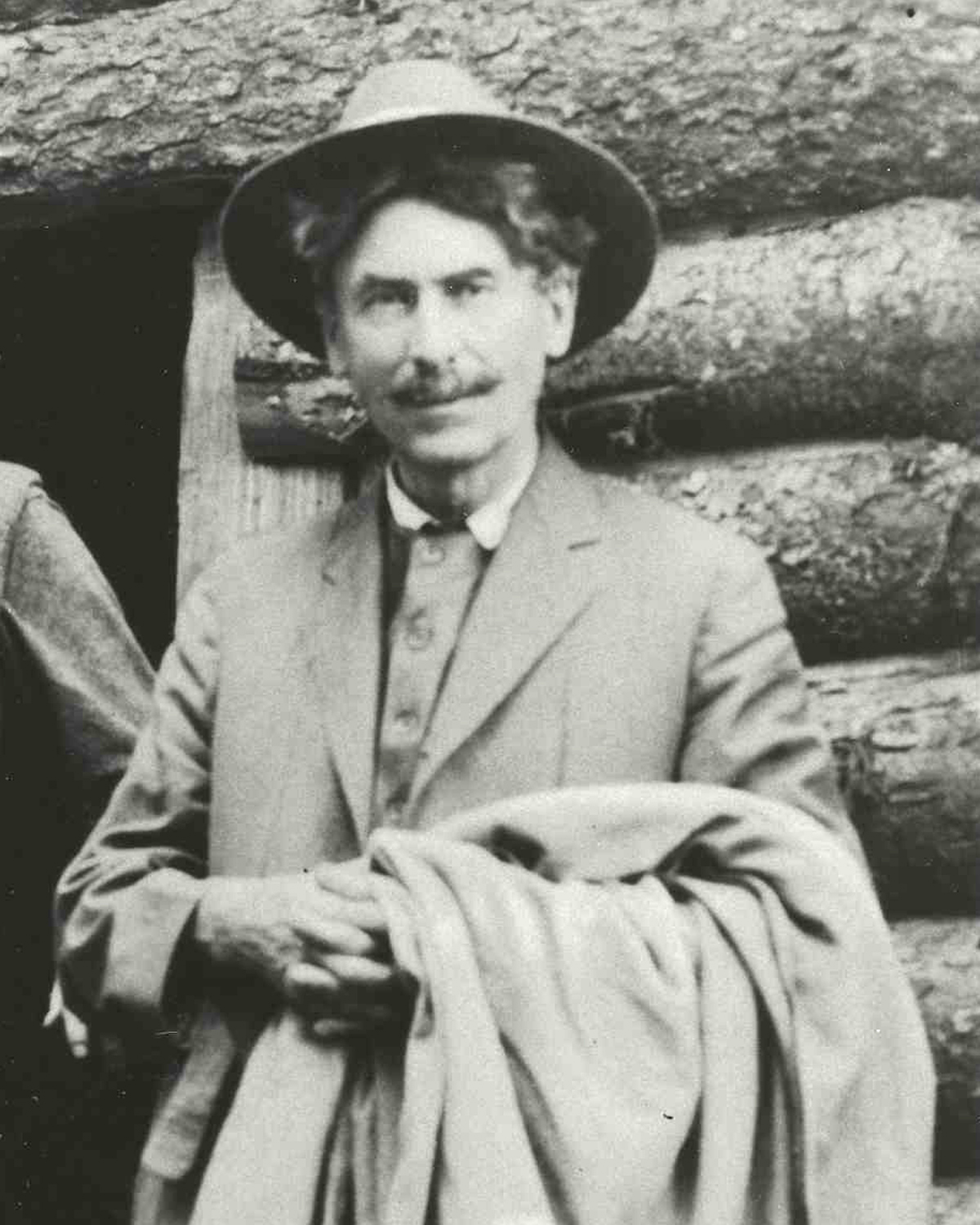Ernest Thompson Seton was a Canadian naturalist, writer, and artist. He became very interested in studying wolves while working in Canada. Those experiences later became the basis for a number of animal fiction stories by Seton. Following his time in Canada, Seton moved to New York. When some local kids damaged some of his property, he invited them over for a weekend and taught them stories about nature and American Indians (as opposed to punishing them).
Seton created a youth group called the Woodcraft Indians in 1902; their program was based on American Indian culture and traditions. Seton wrote some articles for Ladies’ Home Journal that same year; these articles became the Woodcraft Handbook, and the Birch Bark Roll of the Woodcraft Indians. Baden-Powell was strongly influenced by Seton and borrowed a number of Seton’s ideas for his 1908 book Scouting for Boys.
In 1910, Seton helped to found the Boy Scouts of America (BSA). Seton wrote the Official Handbook: A Handbook of Woodcraft, Scouting, and Life-craft (in which he relied greatly on Baden-Powell’s Scouting for Boys, as well as his own Birch Bark Roll), merged the Woodcraft Indians with the BSA, and served as the first Chief Scout of the BSA from 1910 to 1915. Seton made sure that American Indian culture had a significant role in the BSA. American Indian culture also had an impact on the the founders of the Order of the Arrow.
